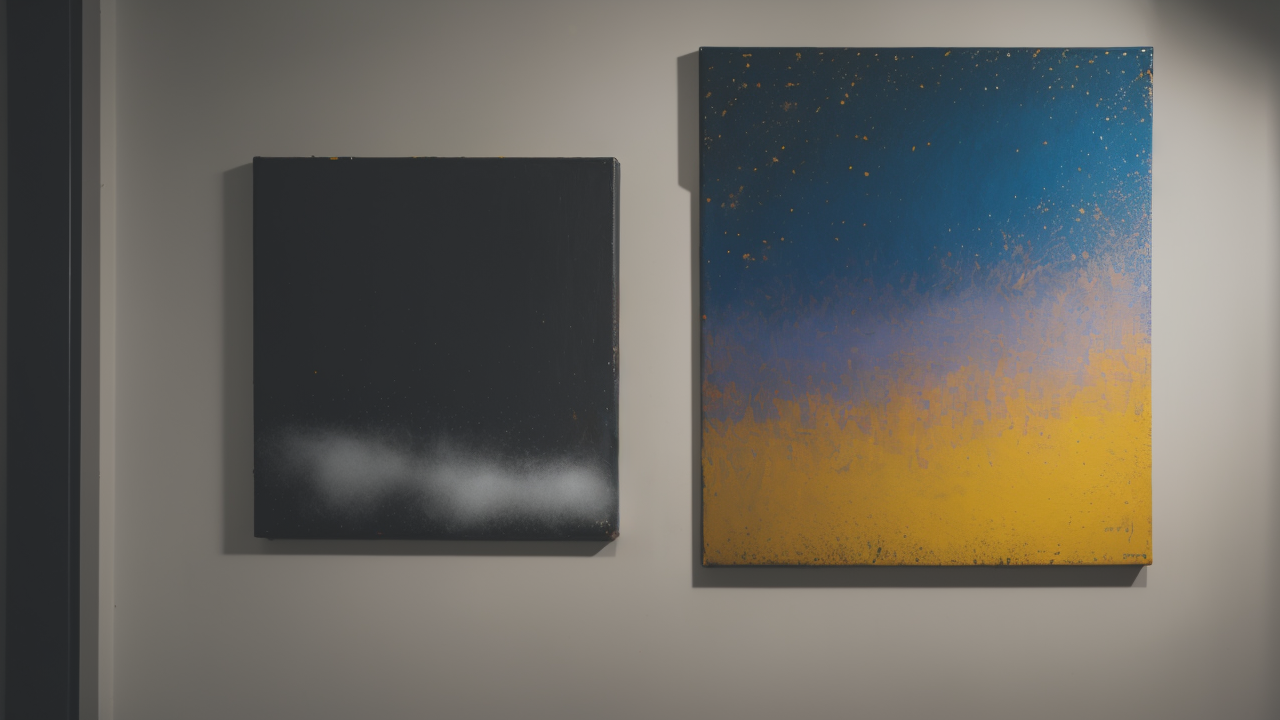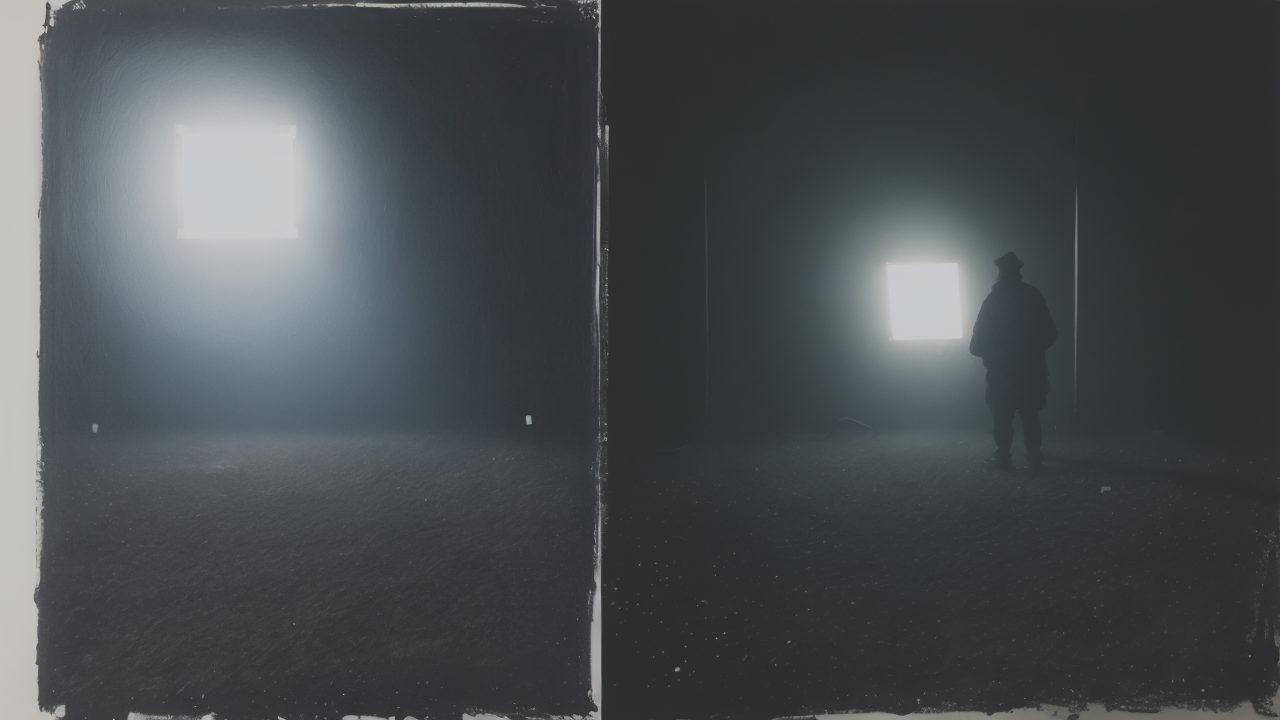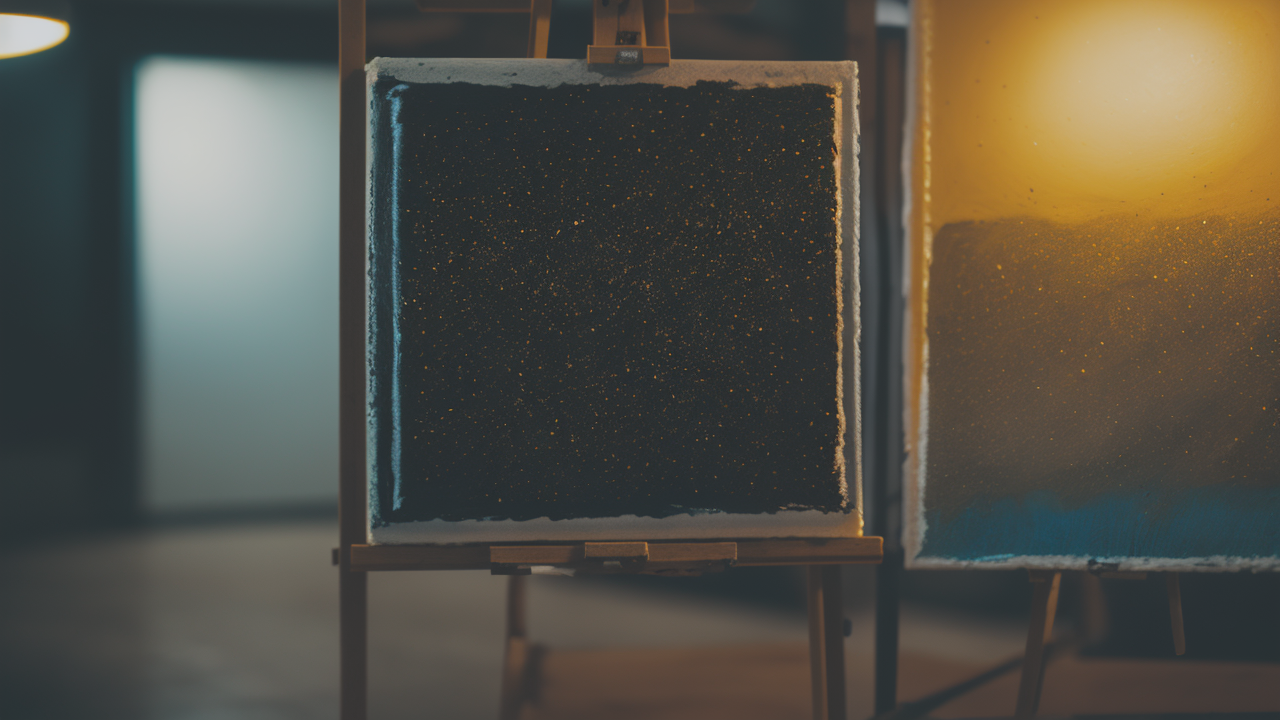
Color Theory for Oil Painters: Advanced Mixing Techniques for Stunning Results
Understanding Oil Painting: An Introduction
The History of Oil Painting in the United States
Oil painting has a rich history in the United States. It gained popularity in the 18th century. Early American artists used oil paints for portraits and landscapes. John Singleton Copley was a pioneer in this field.

The Hudson River School emerged in the 19th century. Artists like Thomas Cole painted stunning American landscapes. They used oil paints to capture the beauty of nature in great detail.
In the 20th century, Abstract Expressionism took hold. Jackson Pollock revolutionized oil painting techniques. He introduced the drip painting method, changing the art world forever.
Today, contemporary artists continue to innovate with oil paints. They push boundaries and explore new ways to use this versatile medium.
Essential Oil Painting Materials
To start oil painting, you need some key materials. First, get high-quality oil paints. Brands like Winsor & Newton or Gamblin are good choices. Start with basic colors: red, blue, yellow, white, and black.
You'll need brushes too. Hog bristle brushes are great for oil painting. Get a variety of sizes and shapes. Flat, round, and filbert brushes are essential for different techniques.
A palette is crucial for mixing colors. Wood or glass palettes work well. Don't forget palette knives for mixing and applying paint. They're great for creating texture.
Canvas is the traditional surface for oil painting. Pre-primed canvases are good for beginners. You'll also need an easel to hold your canvas while you work.
The Science of Oil Painting
Oil painting involves interesting scientific principles. Oil paints consist of pigments suspended in oil. Linseed oil is the most common binder used in oil paints.
When exposed to air, the oil oxidizes and hardens. This process is called curing. It can take months for an oil painting to fully cure. Patience is key in oil painting.
Oil paints dry from the outside in. This can cause cracking if layers are applied incorrectly. Artists need to understand this to avoid mistakes in their work.
The fat over lean rule is crucial in oil painting. It means using more oil in each successive layer. This prevents cracking and ensures proper drying. It's a fundamental rule for all oil painters.
Key Oil Painting Techniques for Aspiring Artists
Preparing Your Canvas: Techniques and Tips
Preparing your canvas is a crucial first step in oil painting. Start by choosing the right canvas. Cotton or linen are common choices. Linen is more durable but pricier.

If your canvas isn't pre-primed, you'll need to apply gesso. Gesso creates a smooth surface for painting. Apply several thin layers, sanding between each coat for best results.
Consider toning your canvas before starting. This involves applying a thin layer of color. It can help set the mood for your painting. Choose a color that complements your subject.
Sketching your composition lightly with charcoal can be helpful. It gives you a guide for your painting. Just be sure to seal it with a fixative before you start painting.
Color Mixing and Application: Exploring Different Methods
Color mixing is at the heart of oil painting. Start with primary colors: red, blue, and yellow. You can create any color by mixing these. It's like magic on your palette.
The color wheel is a useful tool for understanding color relationships. Complementary colors, opposite on the wheel, create vibrant contrasts. Use this to make your paintings pop.
Experiment with different mixing techniques. Use a palette knife for thick, impasto effects. Mix colors directly on the canvas for a more spontaneous feel. Each method gives unique results.
When applying paint, try various techniques. Use thin glazes for subtle effects. Build up thick layers for texture. Experiment with brush strokes to create different textures and moods.
Drying and Curing: Best Practices for Oil Painting
Understanding drying and curing is crucial for oil painters. Oil paints dry through oxidation, not evaporation. This process can take days or even weeks. Patience is key.
To speed up drying, work in thin layers. Avoid using too much oil in your mixes. Some colors, like cadmium red, dry slower than others. Plan your layers accordingly.
Proper ventilation is important for drying oil paintings. It helps the oxidation process. However, avoid direct sunlight or heat sources. They can damage your painting.
Once dry to the touch, oil paintings continue to cure for months. During this time, avoid varnishing or framing. Allow the painting to fully cure first. It's worth the wait.
Advanced Tips and Tricks for Oil Painting Masters
Navigating High-Quality Paints and Brushes
As you advance in oil painting, invest in high-quality materials. Look for paints with high pigment concentrations. They offer better coverage and more vibrant colors.

Consider the lightfastness of your paints. This shows how well they resist fading over time. Look for paints rated ASTM I or II for best results. They'll keep your art vivid for years.
For brushes, natural hair options are often preferred for oils. Hog bristle is durable and versatile. Sable brushes are great for detail work. Choose based on your painting style.
Take good care of your brushes. Clean them thoroughly after each use. Shape them and store them bristle-up to maintain their form. Good brushes can last for years with proper care.
Creative Techniques to Elevate Your Art
Experiment with techniques to take your oil painting to the next level. Try alla prima, or wet-on-wet painting. This involves working quickly, blending wet paint on the canvas.
Glazing is another advanced technique. It involves applying thin, transparent layers of paint. This can create depth and luminosity in your work. It's great for creating atmosphere.
Impasto technique uses thick layers of paint for texture. It can add drama and dimension to your paintings. Use palette knives or thick brushes for this effect. It's very expressive.
Don't be afraid to combine techniques. Mix impasto with glazing, or try scumbling over dried layers. Experimentation is key to developing your unique style. Be bold and creative.
Maintenance and Care for Your Oil Painting Tools
Proper care of your tools will extend their life and improve your painting. Clean your brushes thoroughly after each use. Use soap and warm water, or a brush cleaner for stubborn paint.
Store your paints properly to prevent them from drying out. Close tubes tightly and store them in a cool, dry place. Some artists store tubes upside down to prevent air pockets.
Keep your palette clean. Scrape off excess paint after each session. For glass palettes, rubbing alcohol can help remove dried paint. A clean palette makes mixing colors easier.
Maintain your easel by tightening screws regularly. Wipe it down to prevent paint buildup. A well-maintained easel will provide a stable surface for your work. It's often overlooked but important.


